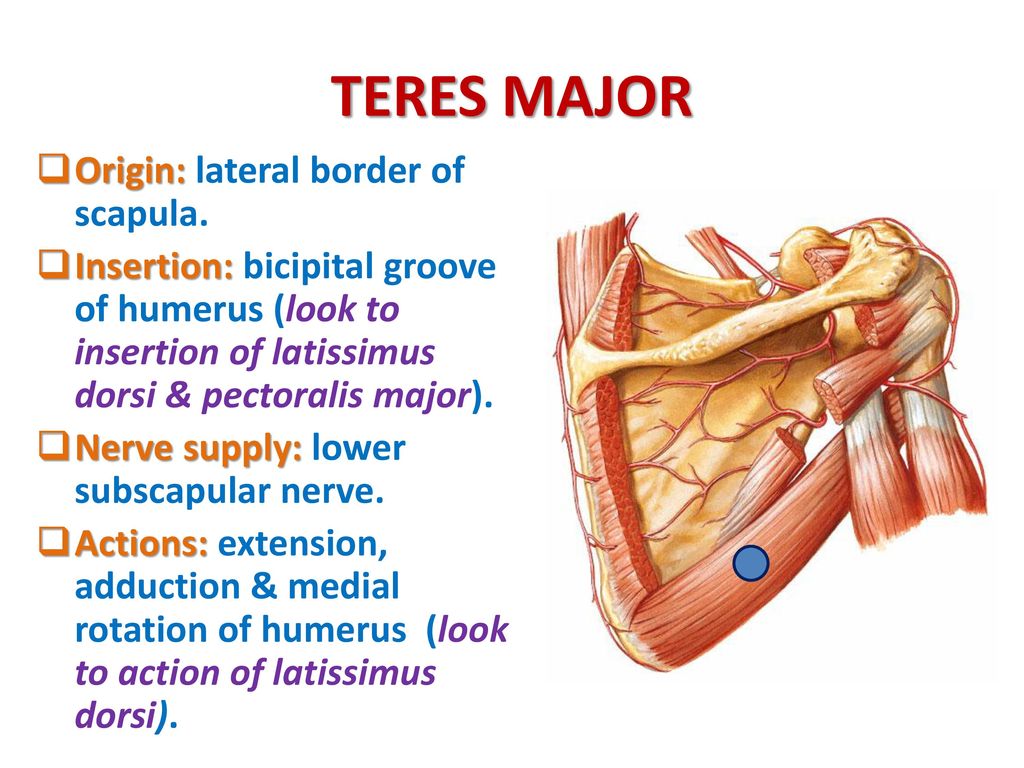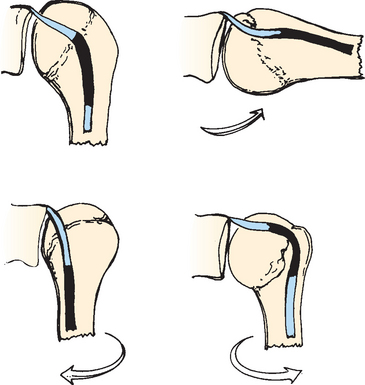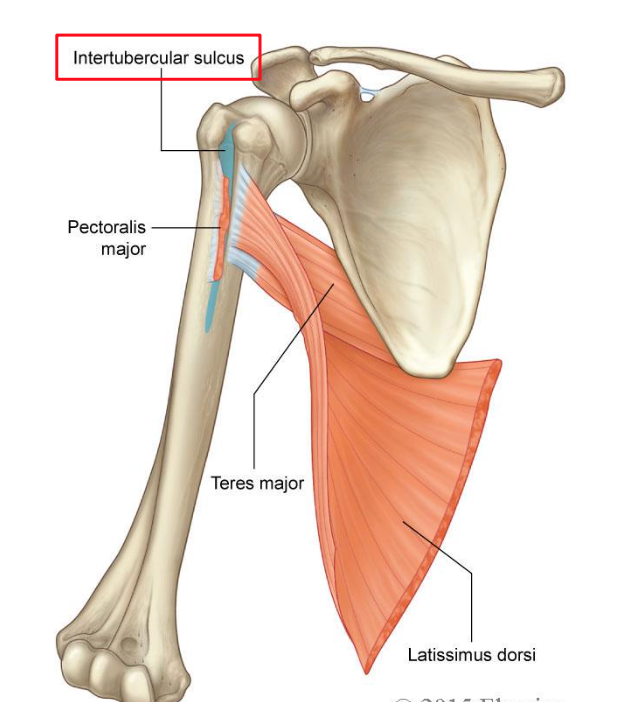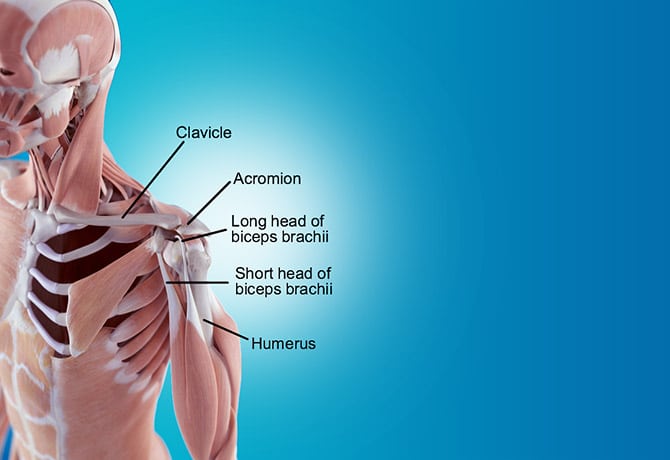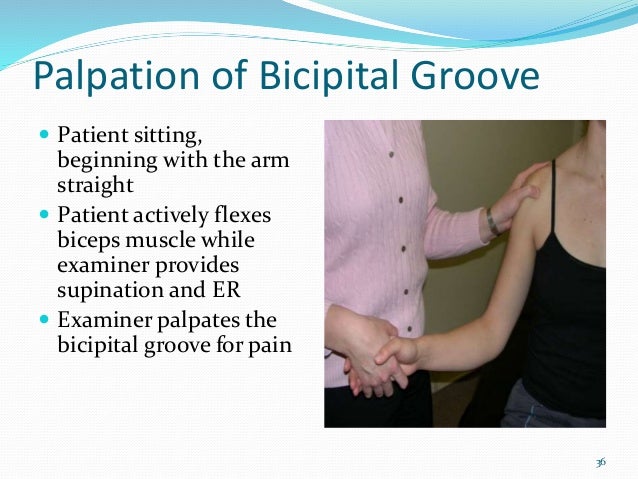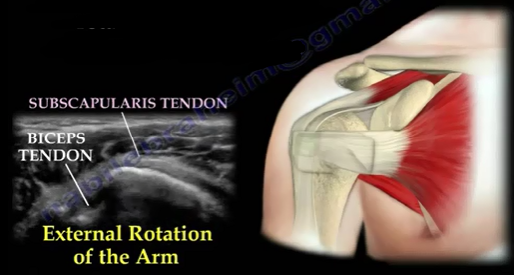Bicipital Groove Rotation

The examiner passively rotates the shoulder at this position in an attempt to elicit the patient reported audible popping or clicking sensations.
Bicipital groove rotation. 18 30 relative to the distal humeral epicondylar axis. Reader 1 and t j d. Remember that the humeral head is normally retroverted facing approximately 25 posteriorly mean range. Biciptal tendinitis is a typical overuse sports injury and is common amongst athletes who perform an action that places strain on the shoulder.
The tendon is exposed on the anterior shoulder as it passes through the humeral bicipital groove and inserts onto the superior aspect of the labrum of the glenohu. Dynamic tests for bicipital groove symptoms. Bicipital groove of right humerus. The lbt was evaluated by two independent musculoskeletal radiologists f m b.
The insertion of the latissimus dorsi is found along the floor of the bicipital groove. It runs obliquely downward and ends near the junction of the upper with the middle third of the bone. The bicipital groove might be a good indicator for correct rotation. External rotation of the arm and humeral head places the tender bicipital groove in a posterolateral position.
18 the 45 externally rotated view showed relatively clear outlines of the contours of the bicipital groove that. The teres major inserts on the medial lip of the groove. Bicipital tendinitis or biceps tendinitis is an inflammatory process of the long head of the biceps tendon and is a common cause of shoulder pain due to its position and function. Pain in the region of the anterior shoulder located over the bicipital groove occasionally radiating down to the elbow.
Rotate the arm and forearm externally and locate the biceps muscle distally near the elbow. Track the muscle and its tendon proximally into the bicipital groove along the anterior aspect of the humerus. It is the lateral wall of the axilla. The biceps tendon is exposed at the front of the shoulder as it goes through the humeral bicipital groove intertubercular groove and attaches to the superior glenoid tubercle of the scapula.
The pain aggravates with shoulder flexion forearm supination or elbow flexion. Overhead activities usually reproduce pain especially those positions that combine abduction and external rotation e g. This movement is one of the most specific findings of biceps tendon injury. 15 in addition the greater tuberosity was brought into relative clear prominence.
At a rotation of 45 externally the humeral head was rotated until the base of the head was perpendicular to the axis of the proximal humerus. In case of correct rotation no gap angulation is visible at the level of the fracture.





